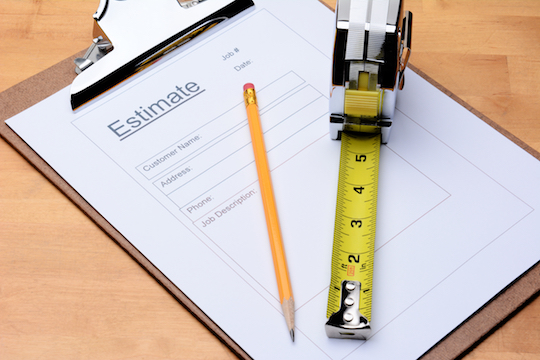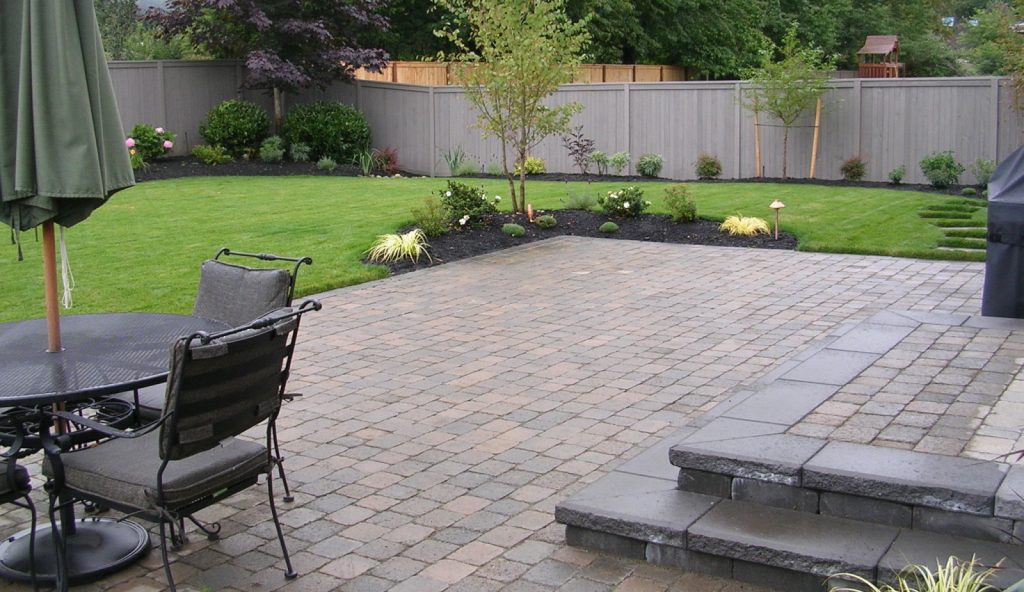The estimate is based on a complex set of factors that aren’t always obvious to the property owner. A quality estimate will generally result in quality work.
Getting an estimate for anything done around a building, be it a house or a large commercial structure, should be free. Right?
Of course they are. But no one considering putting in a 500 square foot driveway, or a 5-acre parking lot, should think it’s a simple matter of measuring where the pavement will go. Asphalt and paving are dynamic. There are many variables and it takes time and effort to weigh those variables. The cost of developing that estimate, as with building construction projects, is placed on the asphalt paving company with no obligation on the customers.
It’s simply how the business works; providing an estimate is the cost of doing business. But the customer putting in an asphalt drive or parking area should make sure the estimate includes critical details. If not there, the work may be shoddy and done by an inexperienced contractor, and there may be cost overruns.
The dynamics that an asphalt contractor has to consider are as follows:
Topography. A flat driveway, service entrance or parking lot generally has fewer issues to deal with and is therefore easiest to cost out. But sloping land, angles and curves, as well as a drainage system to manage stormwater, will incur more complex engineering costs. Also, if subsoils are unstable they need to be properly compacted before laying in the subsurface of the asphalt. Part of the estimate might include a consulting civil engineer and land surveyors (providing a topographical survey).
Traffic. While primarily an issue of highways, city streets and industrial and commercial thoroughfares (e.g., loading and unloading zones with semi-tractor trailers carrying 80,000 pounds of goods), the extent and type of traffic that will use the paved area will affect the project cost as well.
Project size. This is clearly an important factor as it affects both the volume of materials to be used and labor to work with those materials. But to be clear, a flat 75,000-square-foot rectangle is less expensive than 75,000 square feet that meander an irregular footprint between old growth trees and a river, as one might find in a multi-unit residential development set in a naturalistic, woodland environment.
Cost of materials. While the composition of most asphalt is the same from one climate and another in opposite sides of the country, raw materials and costs to delivery them can vary.
Time of year and climate. Because asphalt needs to be installed at temperatures above 45 degrees (Fahrenheit), the wintertime is less likely to be when a new parking lot or driveway is installed. In fact, in northern parts of the U.S., asphalt plants close down entirely during winter because of this. Summertime is very busy for the industry, so shoulder seasons (spring and fall) might offer price breaks.
Cost of labor. Skilled pavement drivers and installers are more expensive in booming economies, and the better companies retain good employees with experience necessary to manage challenging jobs. How? With fair compensation commensurate with their experience.
Nothing in life is free, of course. But with a detailed, well-considered job estimate the reasons for those costs are transparent and rational – and provide assurance to the property owner that the job will be done correctly.


